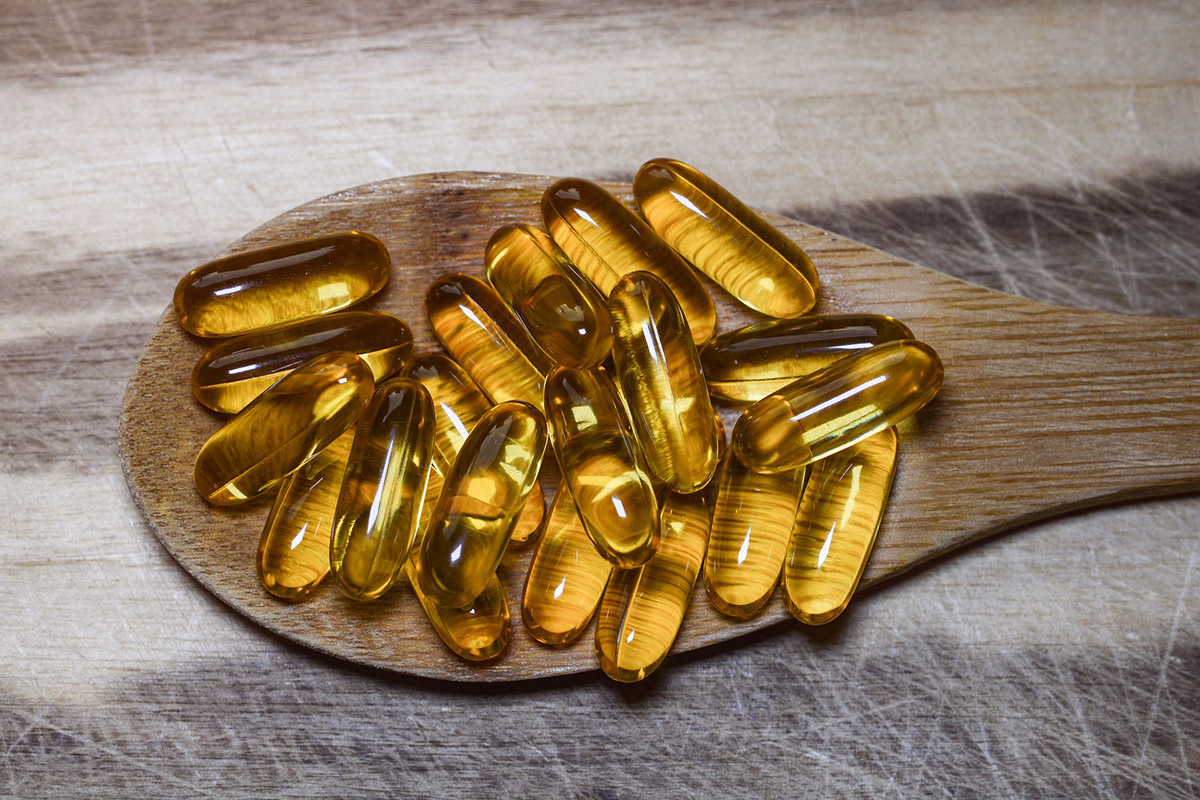A while ago, I saw a picture of off-colored ground beef in a supermarket posted…

Omega 3s, 6s and 9s, What’s the Buzz?
Everyone with TV, radio or internet or reading ads or food labels has hear of omega fatty acids, which include the omega 3’s, 6’s and 9’s but what are they? Fatty acids are chains of carbon with an acid group at one end and methyl group at the other (i.e. a dead end carbon attached to the end of the chain that is bound to three instead of two hydrogens). To locate double bonds along the carbon chain, you can either number carbons from the acid end (called the delta end) or the methyl end (known as the omega end). When someone says omega 3, 6 or 9, that means the first double bond from the omega end of the fatty acid occurs at that carbon. In addition, when the fatty acids have more than one double bond, it’s understood the double bonds are three carbons further along the chain. For examples: oleic acid is an 18 carbon monounsaturated omega 9 fatty acid, with a double bond at the omega 9 carbon. Linoleic acid is an 18 carbon omega 6 polyunsaturated fatty acid, and has its first fatty acid at the omega 6 carbon and its second double bond three carbons over at the omega 9 carbon. Linolenic acid is again an 18 carbon omega 3 fatty acid, and has its first double bond at the omega 3 carbon, second double bond at the omega 6 carbon and third double bond at the omega 9 carbon.
What’s so special about omega 6’s and 3’s? The reason the omega 6’s and 3’s are special is that although plants have enzymes to add double bonds along the carbon chain, animals can only add them from carbon 9 towards the acid group, and require fatty acids with double bonds further out toward the omega end. Specifically, animals and people require linoleic acid (the simplest omega 6) and linolenic acid (the simplest omega 3) and we can add carbon to their chains (i.e. elongate) and add double bonds (i.e. desaturate) to make longer and more unsaturated fatty acids. For example, people can use linoleic acid to make arachidonic acid, a 20 carbon omega 6 fatty acid with 4 double bonds. People can also use linolenic acid to make fatty acids known as the fish oil fatty acids including EPA (20 carbon omega 3 fatty acid with 5 double bonds) and DHA (a 22 carbon omega 3 fatty acid with 6 double bonds).




This Post Has 0 Comments